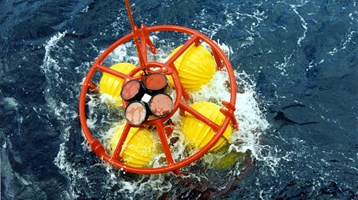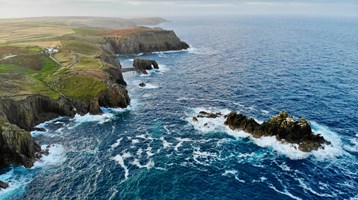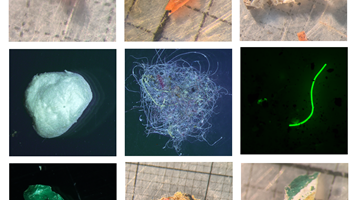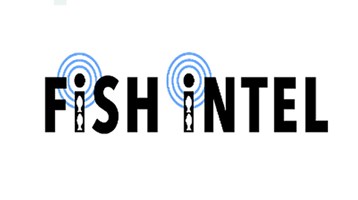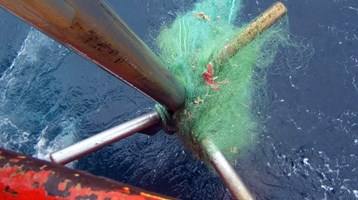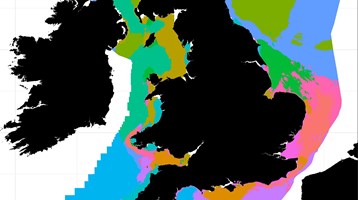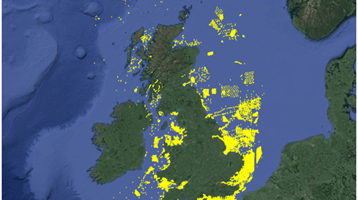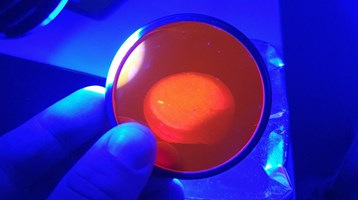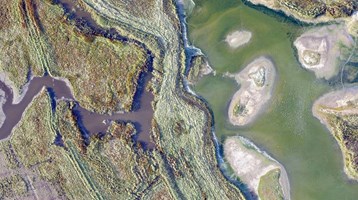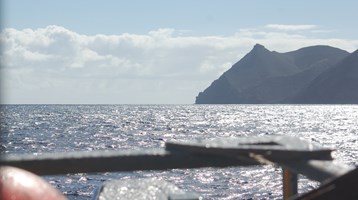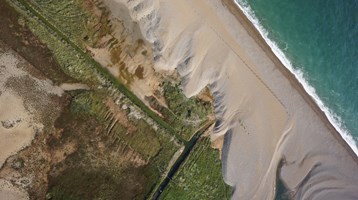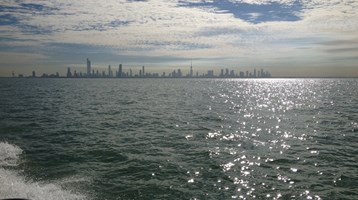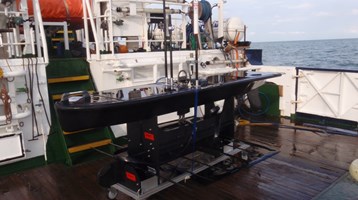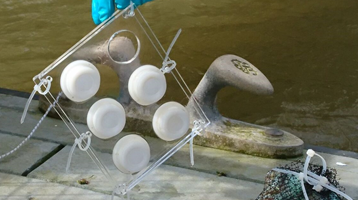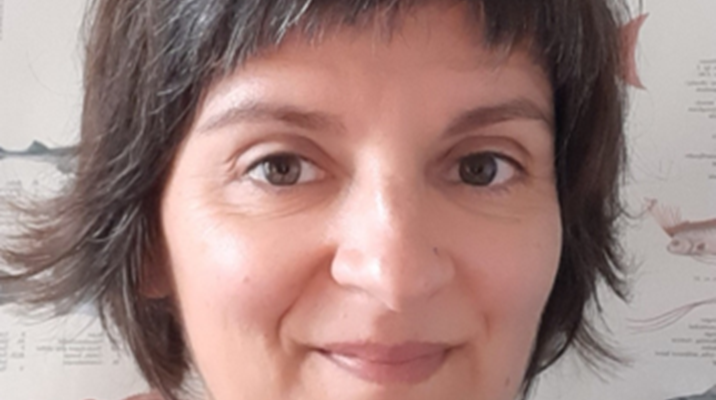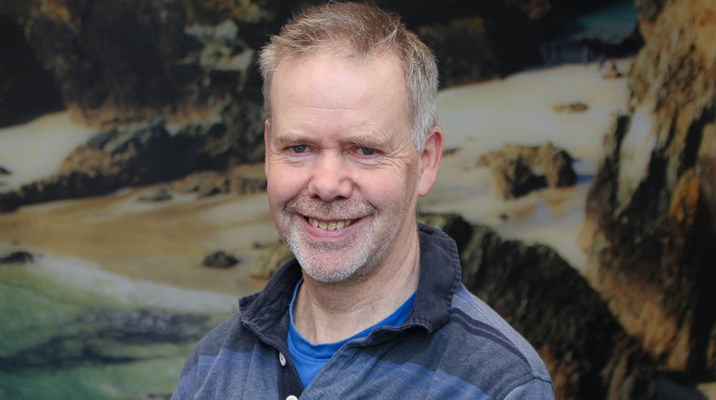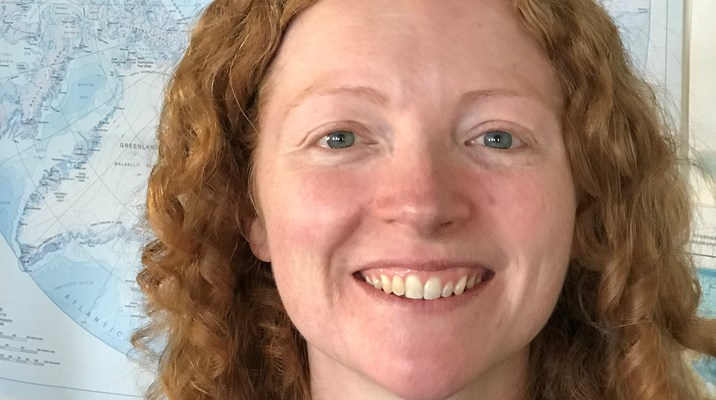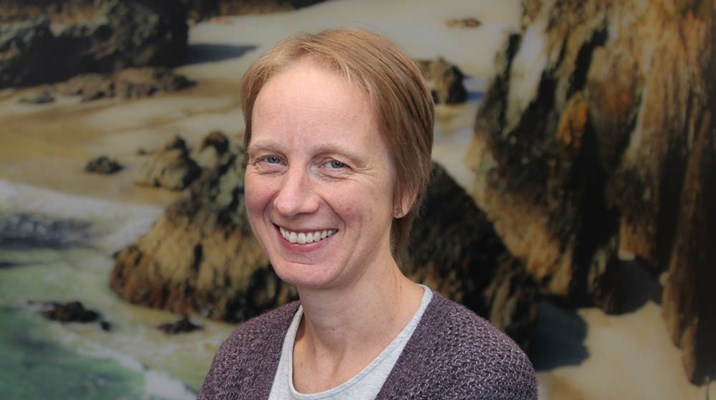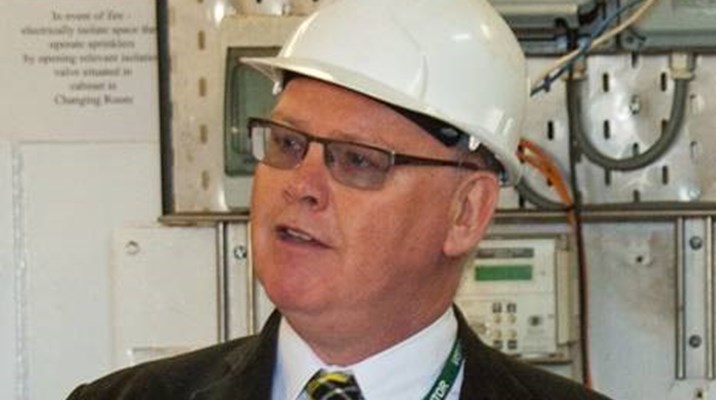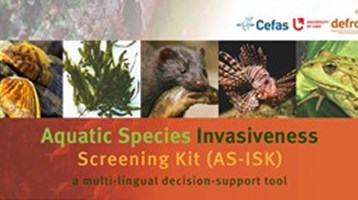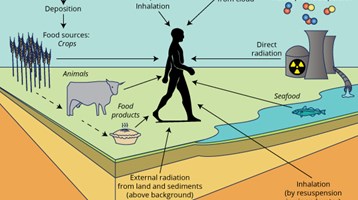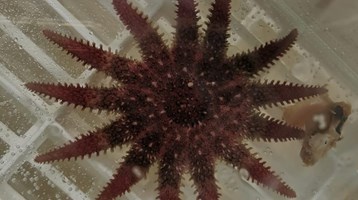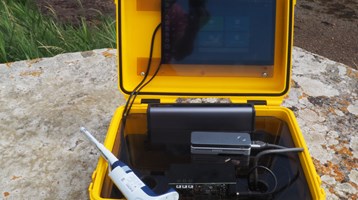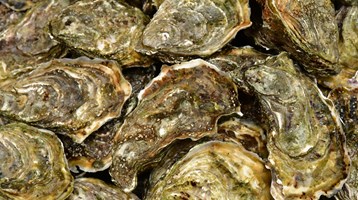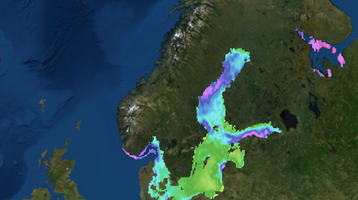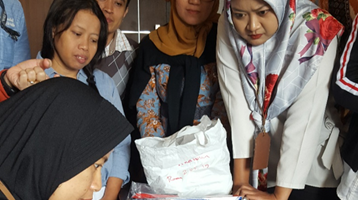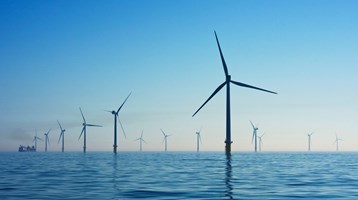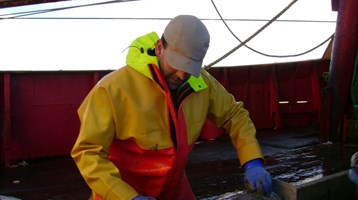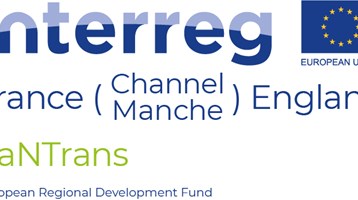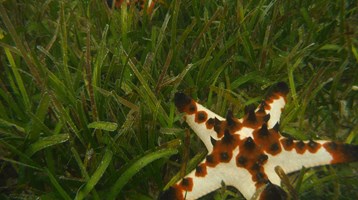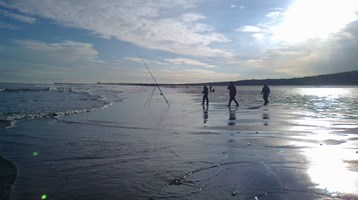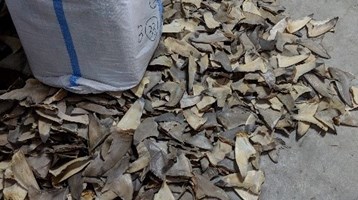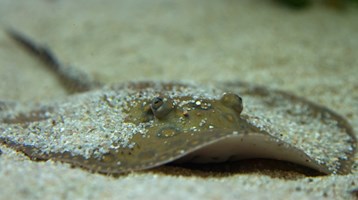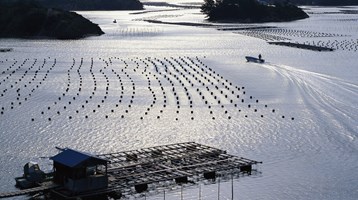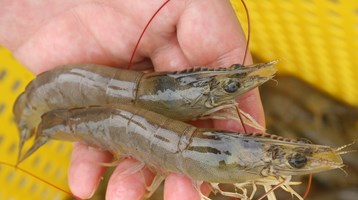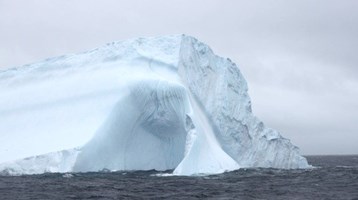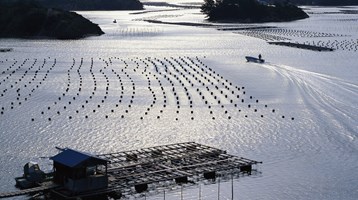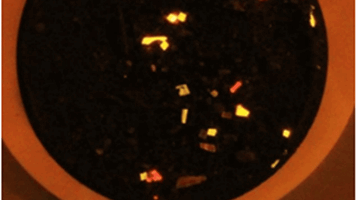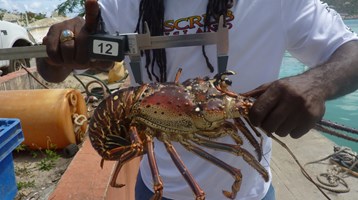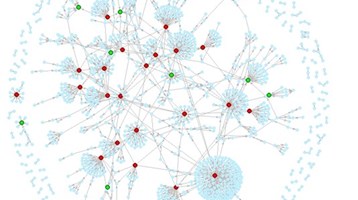Observing the UK shelf seas
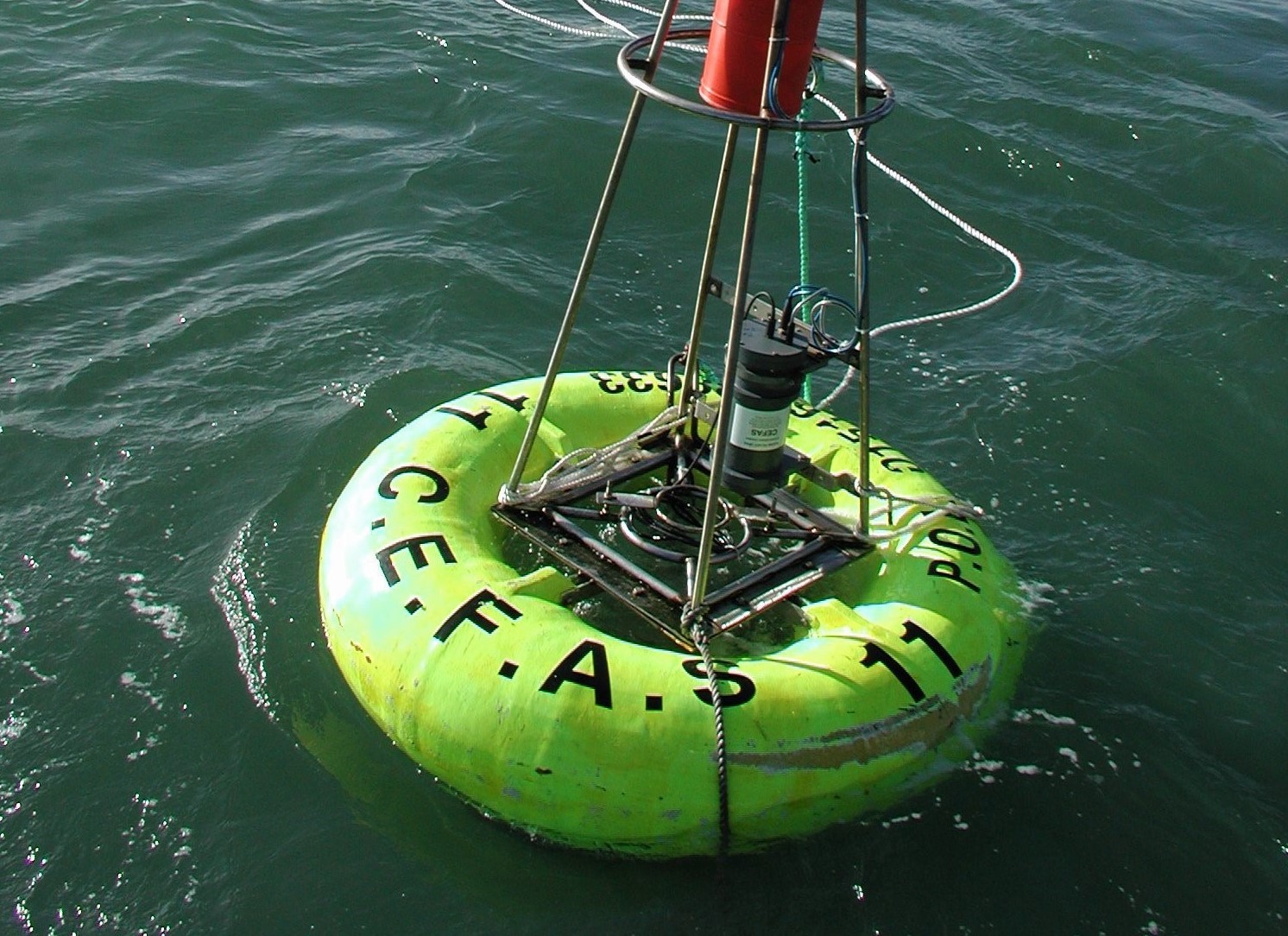
The shelf seas are dynamic and highly productive compared to the open ocean. However, they are under considerable stress from human activities including high nutrient inputs, as well as climate change and ocean acidification. Assessing the nutrient status and its impact on UK shelf seas requires data at high temporal and spatial resolution. In these dynamic coastal sea environments we can’t fully understand their marine ecosystems from ship-based measurements alone.
We’ve developed and implemented a range of in-situ observing platforms to supplement ship-based observations to make sustained in situ pelagic biogeochemical observations of UK shelf seas. Since 2001 SmartBuoys and seabed landers have been deployed at key locations within the eutrophication monitoring and research programmes. They provide high resolution data on salinity, temperature, chlorophyll, dissolved oxygen, nutrients and light. Since 2009 the RV Cefas Endeavour has also been continually sampling these variables and more using a Cefas Ferrybox.
Data from our in situ platforms have demonstrably strengthened the evidence base for environmental assessments
Data from our in situ platforms have demonstrably strengthened the evidence base for environmental assessments, including OSPAR eutrophication assessments. These measurements have been used to determine the magnitude of the seasonal cycle of oxygen depletion near the seabed in the stratified North Sea and Celtic Sea and the key drivers involved in this process. Our data has improved scientific understanding of the environmental drivers of small pelagic fishes which will enable more efficient surveying.
SmartBuoy and the Cefas Ferrybox have also provided ground truth data for validation of remote sensing products, increasing confidence in the derivation of maps of surface temperature, suspended particulate matter, water column light attenuation and chlorophyll concentration. SmartBuoy data is used in the calibration and validation of coupled hydrodynamic-ecosystem models that lead to improved understanding of ecosystem structure and function.
These high frequency observations provide new insights into the temporal and spatial variability of marine ecosystems not evident from ship-based measurements alone. They provide measurements of sufficient frequency to resolve the short term, regular and episodic variability as well as longer term inter-annual variability.
Related to this article
Topic
Case studies
People
Further Reading


Working for a sustainable blue future
Our Science

